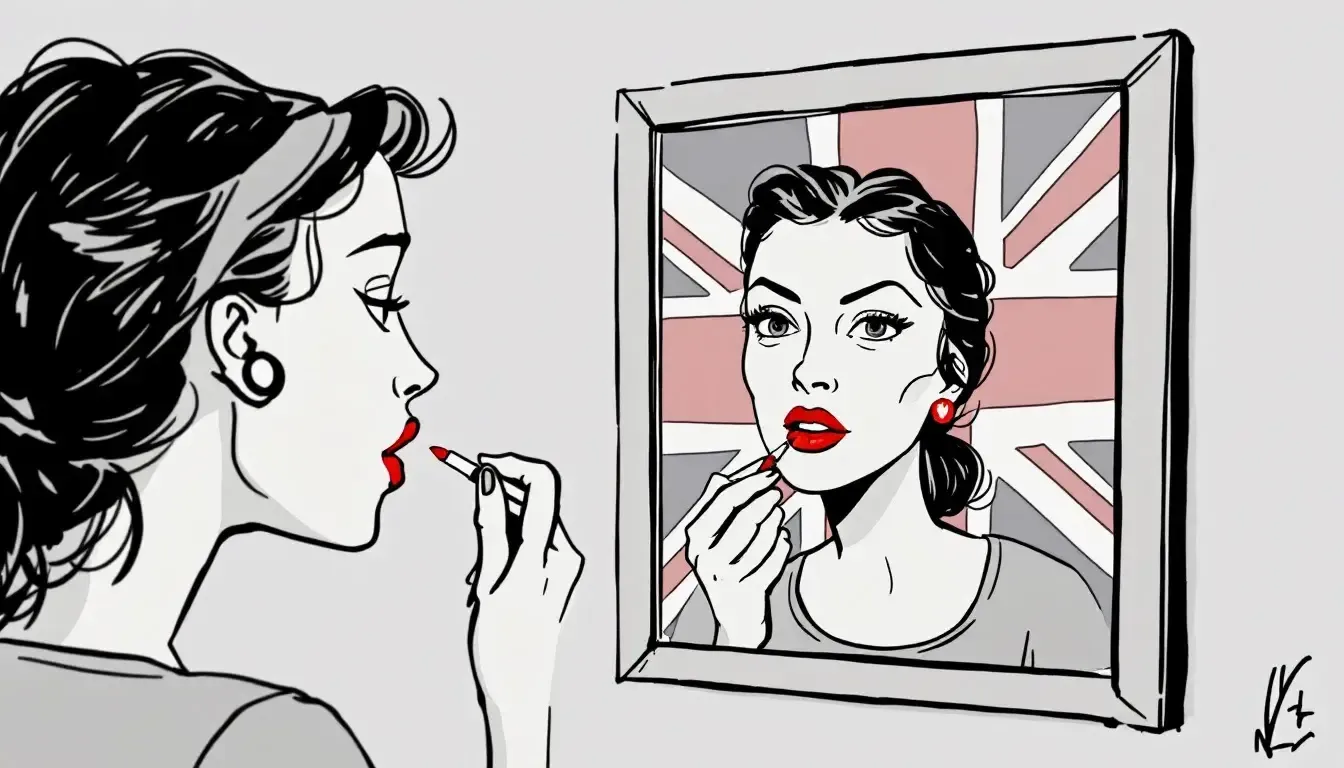When Lipstick Became Rebellion

Rea,
You know how sometimes the smallest things can carry big meanings? During World War II, something as simple as lipstick became a powerful symbol of freedom and patriotism.
Adolf Hitler famously hated red lipstick. He had strict ideas about how women should look and believed they should appear “natural.” In Allied countries like Britain and America, wearing bright red lipstick became a deliberate act of defiance against fascism.
Across the English Channel in Britain, even when taxes made lipstick prohibitively expensive, women found ways to keep their lips red. Some even stained their lips with beet juice instead! With factories focused on making weapons and supplies for the war, many government officials thought cosmetics were a waste of resources during wartime.
But cosmetics were seen as important for morale. Elizabeth Arden, who had supported the women’s suffrage movement years earlier, created a special lipstick shade called “Victory Red.” Another company, Helena Rubenstein, introduced “Regimental Red.” These bright, defiant crimson shades became symbols of patriotism. Even when food, clothing, and fuel were strictly rationed, a woman could put on her red lipstick and feel she was doing her part for freedom.
In 1941, the American government took this even further. Red lipstick became mandatory for women who joined the US Army. The government asked Elizabeth Arden to create a regulation lip color for serving women called “Montezuma Red” that matched and accentuated their uniforms’ red piping. The military understood that this small touch of femininity and normalcy was important for women serving their country.
When American women joined the workforce to replace men who had gone to fight, many wore red lipstick as a symbol of strength. By 1945, over 90% of American women wore lipstick - the highest percentage in history.
After the war ended, bright red lipstick became a symbol of returning prosperity and joy. Sales increased by 80% in the first year after the war, as women celebrated their freedom with this small but meaningful item.
What started as a simple cosmetic had become something much more powerful. Like a tiny flame that refuses to go out even in the strongest wind, these small tubes of color helped keep spirits high during the darkest days of war.
Love, Abba

